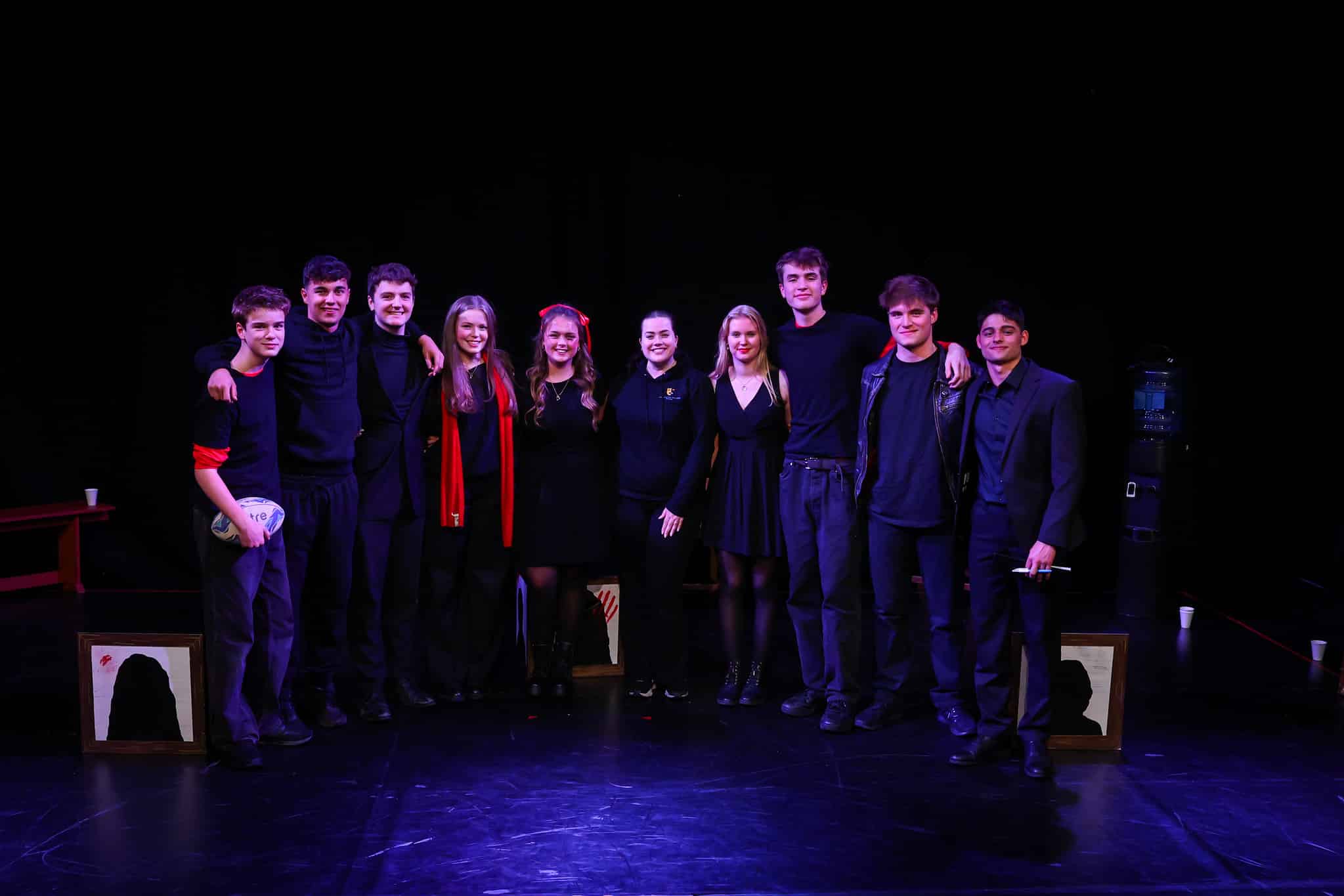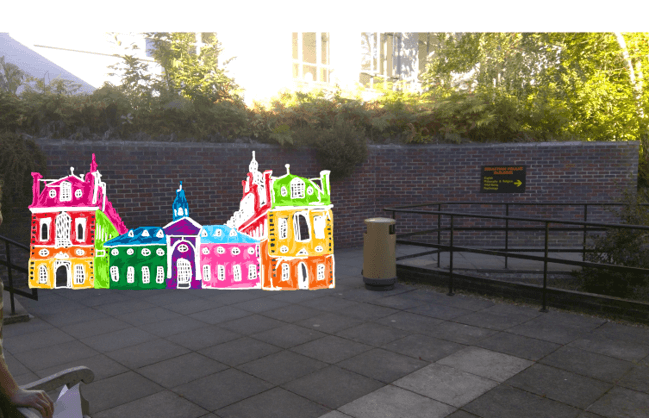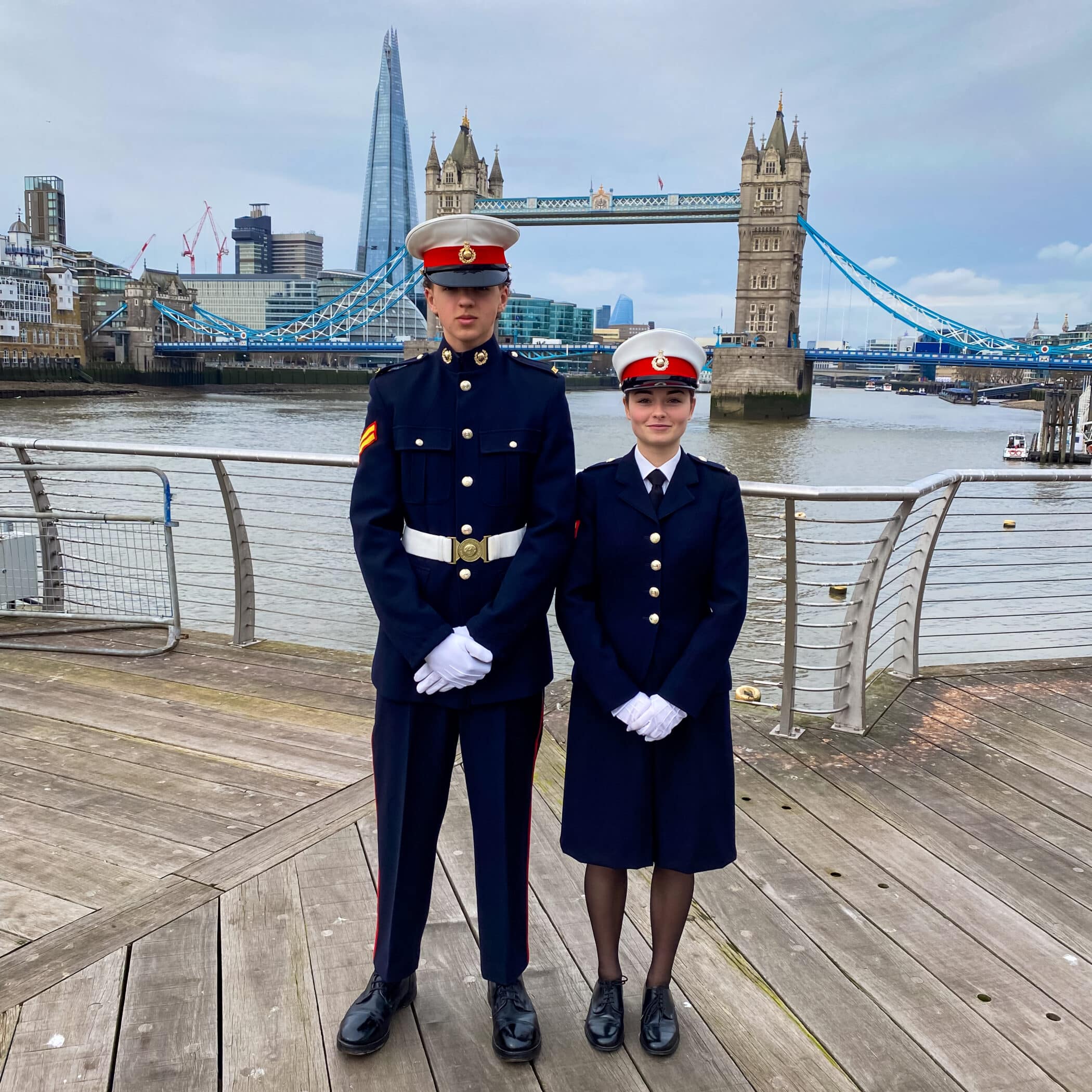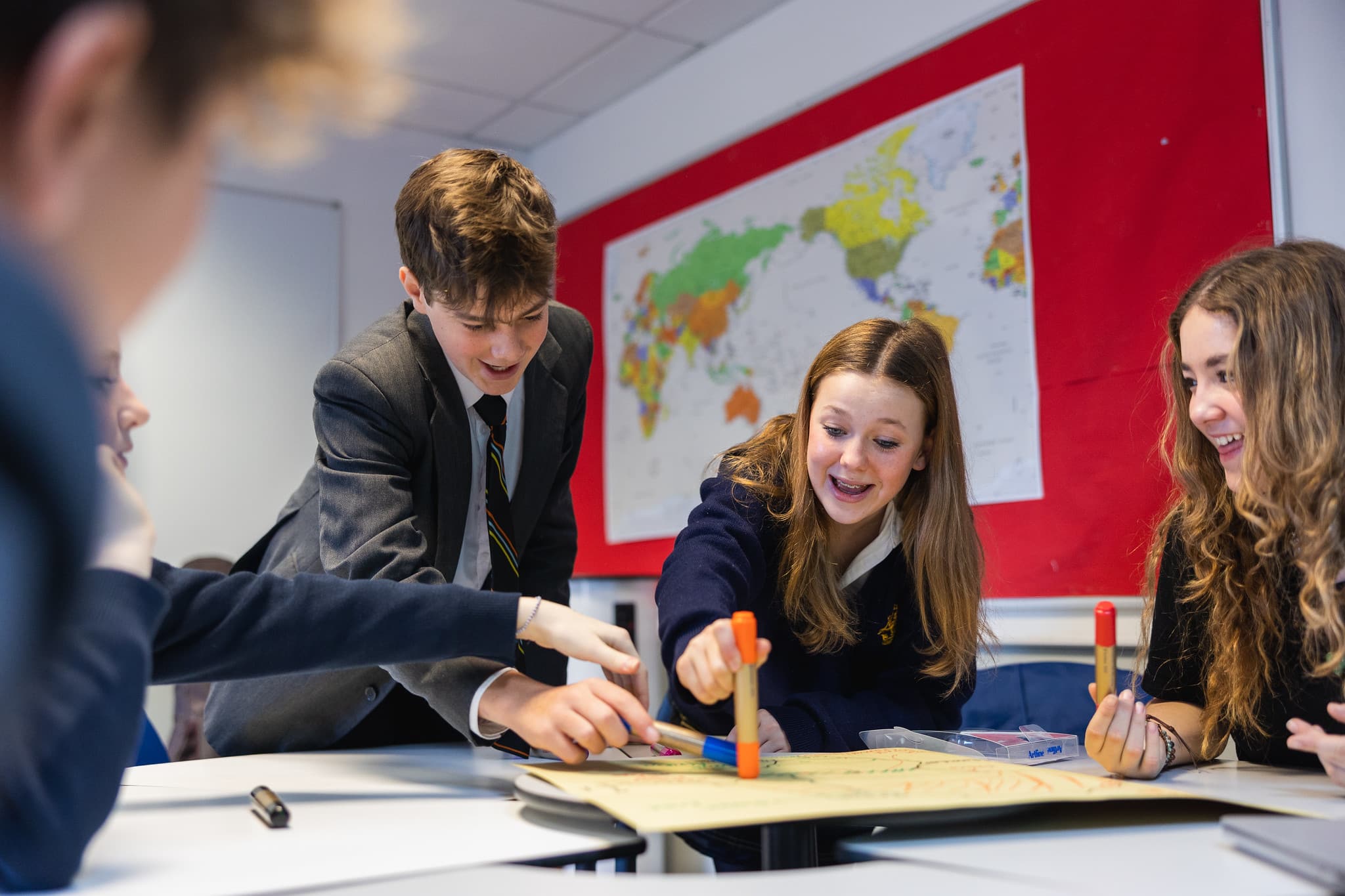
In the Michaelmas Term edition of Wellington Today, we celebrated the explosion of independent project work at Wellington. Between the Sixth Form IB Extended Essay and the Extended Project Qualification, the Higher Project Qualification, completed by all students in the Fourth Form, and the Malim Prize in the Third Form, we estimate that over 930 Wellingtonians are engaged in independent research tasks at any one time. Wellingtonians now have the opportunity to explore their passions through rigorous academic research at every stage of their Wellington experience. Here we focus on the beginning of the journey, with a spotlight on the Third Form Malim Prize.
Head of Third Form, Paul Cootes, explains how the Malim Prize is structured and delivered.
The Malim Prize is awarded to a small number of Third Form students at the end of the year to recognise excellent independent project work. The format of the Malim Prize has evolved this academic year to include three projects completed during Lab Time in the Michaelmas and Lent terms. These projects are designed to develop independent learning skills and become longer and increasingly open-ended as the year progresses, providing students with greater choice to explore their own interests. The students also receive complementary training in IT, Research and Referencing skills to help them complete the work.
The first two projects are completed in the Michaelmas Term and are designed to help students connect with their new surroundings and learn about the rich history of Wellington College. In the first half term, students are asked to develop a plan for a piece of site-specific artwork to be displayed anywhere in the College. They are encouraged to explore the College buildings, complete research on site-specific art and must then present their ideas and vision via OneNote – a Microsoft Office platform widely used at Wellington.
There were some quirky and creative ideas generated by this year’s Third Form students. Isla H was inspired by the work of American artist Candy Chang, famous for her “Before I die…” chalkboards. Isla felt that we could take our own spin on this theme with ‘Before I leave Wellington…” chalkboards positioned around the College. Lenni S imagined empty boots, similar to those worn in the Battle of Waterloo and more recent wars, lined up in Chapel to evoke those missing Wellingtonians killed in action. And Freya S explored the idea of a multi-coloured mural of the College. Taking her inspiration from murals she had seen in Brick Lane in London and an in-College ‘Inspire’ lecture by artist Angela Findlay, Freya created a range of designs to make us reflect on our rich cultural diversity.
Freya commented: “… to make this different and to represent the school, I was thinking that the wall would be a mosaic of the College, or the college in Shanghai. This will catch the students’ eyes and make them more aware of our connections abroad. To make it special, the colours can all be a part of the rainbow, to symbolise the Wellington community’s equality and openness.
It would take some time, but I think that a mosaic mural is more complicated and beautiful, which would complete the overall appearance of the school; Wellington is super busy, but beautifully busy, almost like a mosaic”.
In their second project the students research and write a 300-word essay about the historical individual after whom their House is named. They can choose one of four titles: how the individual was significant in the defeat of Napoleon, or in British political life, or how they influenced the early years of Wellington College, or how the individual demonstrated the College values during their life. Emphasis is placed on quality of research and note-taking, and the ability to synthesise information from multiple sources to answer the specific question.
In the Lent Term students have a choice from Science, Geography and English briefs and are given more time and freedom to explore the subject. Detailed research, clear presentation of their ideas and the ability to reference sources correctly are important features for all projects.
Edward B wrote the following essay about Field Marshal FitzRoy James Henry Somerset, 1st Baron Raglan as part of his second Malim project:
To what extent did Raglan reflect the Wellington College values of Kindness, Courage, Respect, Integrity and Responsibility?
Throughout his life Raglan has represented the College values in many ways. In the battle of Alma Raglan took control and demonstrated all the values as he was responsible for many lives and showing respect for his seniors and the men whom he controlled. He showed huge amounts of integrity and kindness to a man who fell off his horse by giving him his own horse. Raglan speaks highly of all of his superiors showing respect to all of them.
Raglan had a lot of responsibility when he took an army to Turkey and Crimea to win at Alma. Raglan was responsible for his troops in Balaklava when they suffered heavy losses and he is said to have taken full responsibility showing a lot of courage and integrity. Raglan was Wellesley’s secretary for many years showing a lot of respect and kindness right until he died. At the Battle of Waterloo, Raglan had to have his right arm amputated showing huge amounts of courage. He asked for the wedding ring from his severed hand showing kindness and love to his wife. Raglan was chosen to lead an army at 65 showing a lot of courage and responsibility. Raglan said that he was at fault for the many deaths at Sebastopol, an acknowledgement that shows great integrity and courage.
In the Battle of Bucao, Raglan was stabbed 5 times and still carried on, demonstrating a lot of courage, yet he was still blamed for the hardships of his 23,000 men. Raglan carried on leading different armies until he died in battle. To sum up, Raglan was a big part of Wellesley’s life and he regularly demonstrated all of the College values throughout his life.









